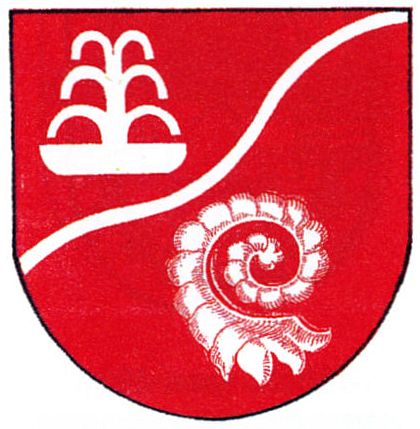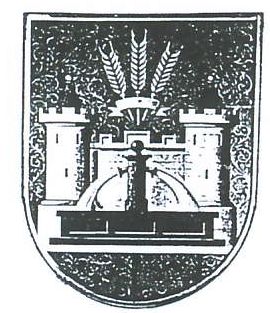Langensalza: Difference between revisions
Jump to navigation
Jump to search
Knorrepoes (talk | contribs) m (Text replacement - "{{de}}" to "") |
Knorrepoes (talk | contribs) m (Text replacement - "{| class="wikitable"↵|+Official blazon↵|-↵|'''German'''↵| ↵|-↵|'''English''' ↵| {{blazon wanted}}↵|}" to "{| class="wikitable" |+Official blazon |- |'''German''' | blazon wanted |- |'''English''' | blazon wanted |}") |
||
| Line 12: | Line 12: | ||
|- | |- | ||
|'''German''' | |'''German''' | ||
| | | blazon wanted | ||
|- | |- | ||
|'''English''' | |'''English''' | ||
| | | blazon wanted | ||
|} | |} | ||
Revision as of 07:03, 6 April 2023
LANGENSALZA (LSZ)
State : Thüringen
Incorporated into: 1994 Unstrut-Hainich Kreis
| German | blazon wanted |
| English | blazon wanted |
Origin/meaning
The arms were officially granted on March 23, 1992.
The upper part shows a fountain for the sulphur springs in the district. The wavy bend symbolises the Unstrut river. The ram's horn in the base is taken from the arms of the Lords of Salza, known since 1261.
The previous arms were adopted on December 7, 1948:
The two towers symbolise the cities of Bad Langensalza and Bad Tennstedt. The fountain refers to the sulphurous springs in both cities, the wheatears symbolise agriculture.
Literature: Ulle, 1993.

